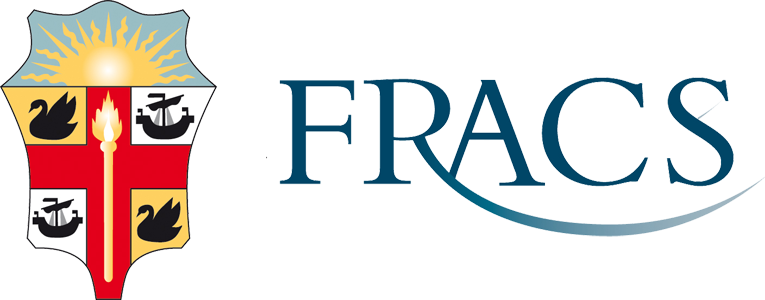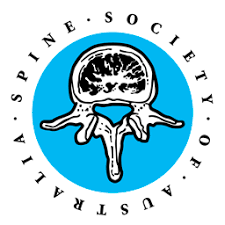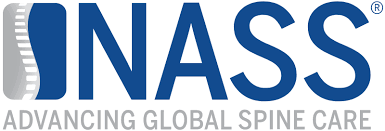Post Operative Care
Caring for yourself whilst recovering from spine surgery is highly important! Below we have additional information for Mr Malham’s patients that can be followed after your neurosurgery.
These general guidelines will assist you in looking after yourself during your neurosurgery operative recovery.
- CERVICAL SPINE POST-OPERATIVE GUIDELINES DISCECTOMY
- POST-OPERATIVE GUIDELINES FOR LUMBAR LAMINECTOMY & DISCECTOMY
EPWORTH RICHMOND CERVICAL SPINE POST-OPERATIVE GUIDELINES DISCECTOMY
The following are some general guidelines to assist you in looking after yourself and your neck following your recent surgery.
If you have any questions, please do not hesitate to ask your physiotherapist.
The first 6 weeks:
– No heavy lifting (>2-5kg) – limit your lifting to light, household items
– No twisting, straining or bending your neck forward excessively
– No slouching – this can gradually strain your neck and result in pain. Maintain a good posture!
– Do not lift your arms above your head for prolonged periods i.e. no hanging out
the washing
– Do not drive a car (unless otherwise instructed by your surgeon)
– Log roll in and out of bed
– No working (unless otherwise instructed by your surgeon)
– You may need to wear a supportive collar depending on the surgeon’s orders and procedure.
Basic rules of lifting:
– Bend your knees and keep your back very straight.
– Hold objects in very close to your body.
– Never lift and twist – move your feet to step around
– Pushing is better than pulling
– Divide a heavy load into two smaller loads if possible i.e. shopping bags, get help if the item is heavy
Good Posture:
– Good posture is important as it reduces strain on your neck and back. Maintaining a good posture will help your recovery.
– Avoid slouching and a forward head When sitting it may help to use a position. Stand very straight. Small rolled towel or cushion behind your low back.
Between 6 weeks and 6 months:
– Gradually ease back into your normal activities. Increase the amount of activity, as you feel comfortable. Walking and swimming are good exercises to build up your strength and endurance.
– Please seek advice from your surgeon regarding returning to jobs involving heavy manual duties, or to sporting activities
– Please note these guidelines are general only. Your specific problems may vary and instructions from your surgeon may override these guidelines.
Collars
You may need to wear a collar after your operation to support and protect your neck. Nursing staff or the physiotherapist, will fit you with a collar if the surgeon orders it.
Before you go home, make sure you understand exactly when you must wear the collar, for example:
– When sitting up or walking
– In bed
– When showering
– When shaving
If you have any problems with the collar after you go home, ring your Physiotherapist on (03) 9426 6065.
EPWORTH RICHMOND POST-OPERATIVE GUIDELINES FOR LUMBAR LAMINECTOMY & DISCECTOMY
Please note these guidelines are general only. Your specific problems may vary and instructions from your surgeon may override these guidelines.
A discectomy involves removing part or all of an intervertebral disc in order to decompress spinal nerves which may have become compressed when the disc prolapses or bulges out. The compression of spinal nerves can cause severe pain in the legs or feet, numbness, pins and needles and/or weakness in the legs. Bladder and bowel function may also be affected.
A “microdiscectomy” is a discectomy performed via tiny incisions with special instruments which cause less disruption to muscle tissue. This is known as a “minimally-invasive” technique.
Following discectomy, it can take up to 3 months for the disc to recover. Initially, the disc wall is weakened (from where it has been trimmed) and is therefore at risk of bulging out again. For the first three months after surgery, it is essential that you AVOID excessive bending and twisting of your back as well as any heavy lifting.
Decompression of the spinal nerves may also be achieved by removal of part “laminotomy), or all “laminectomy” of the bony arch at the back of the vertebral body.
Some surgeons may also place a small stabilisation device (a “DIAM”, or a “Wallis Implant”) between the spinous processes to free pinched nerves or to support a weakened disc or arthritic joints.
The aim of back surgery is to relieve the nerve compression causing leg pain, weakness and/or difficulty walking. Your surgeon will discuss your individual case with you.
After your Surgery
- You will start on a daily walking program. Aim to be walking at least 6-8 times daily before discharge home from the hospital
- REST is very important to allow for healing
- Sit only as directed by your surgeon.
- DO NOT bend or twist the back
- NO heavy lifting (nothing greater than 5kg)
- Complete any exercises given to you by your physiotherapist
Below are some general guidelines for this post-operative period of up to 12 weeks.
GENERAL ADVICE
PLEASE NOTE :
In the first few days following surgery you should notice some improvement in your leg pain or pins and needles. Numbness from prior to the operation often persists for a period of time (weeks to months).
For patients who had significant leg pain, weakness or numbness for a long time prior to surgery, it may take several weeks or months for these symptoms to improve, and in some cases, they may never fully recover.
It is very common to get occasional twinges of pain in the back, buttocks, hips or in one or both legs. Muscle cramping or spasms in the buttocks, back or legs may occur particularly at night. These will usually resolve by themselves.
As activity increases it is normal to get some back ache. This need not cause any alarm or cause you to stop exercising. Remember to increase your activity gradually and to “listen to your body” to help judge how quickly to progress. Remember, it is important to maintain an active lifestyle in order to make the most of your surgery.
ACTIVITIES ON DISCHARGE
REMEMBER
- Avoid twisting and bending. Maintain a good posture
- Log roll to get in and out of bed
- No heavy lifting (greater 5kg)
- No high impact sports
- WALK daily
Follow-up Appointment with the Surgeon
This is generally between 2 – 6 weeks post-surgery, but for country patients it may be later than this. It is a good opportunity at this appointment to ask any questions you may have of the surgeon such as when you may return to certain activities. It is a good idea to keep a list of questions that may come up over the initial post-operative period.
If you would like to consult a physiotherapist after this appointment you should get clearance from the surgeon and take any documentation you have about your surgery to the physiotherapist.
A FINAL NOTE
Contact your surgeon if you:
- Develop any new or increased back or leg pain, numbness, weakness or pins
and needles - Have problems urinating or opening your bowels
- Develop a fever or if you notice any ooze from the wound.
“If you have any questions that arise after your discharge from hospital, that you feel your physiotherapist may be able to assist you with, please phone them on (03) 9426 6065.”



